How to Fix Audio Not Working After Windows 11 22H2 Update?
Upon installing the 22H2 upgrade, several users are unable to use the audio on their computers. This issue affects all the programs and apps installed and appears to be related to the sound driver.
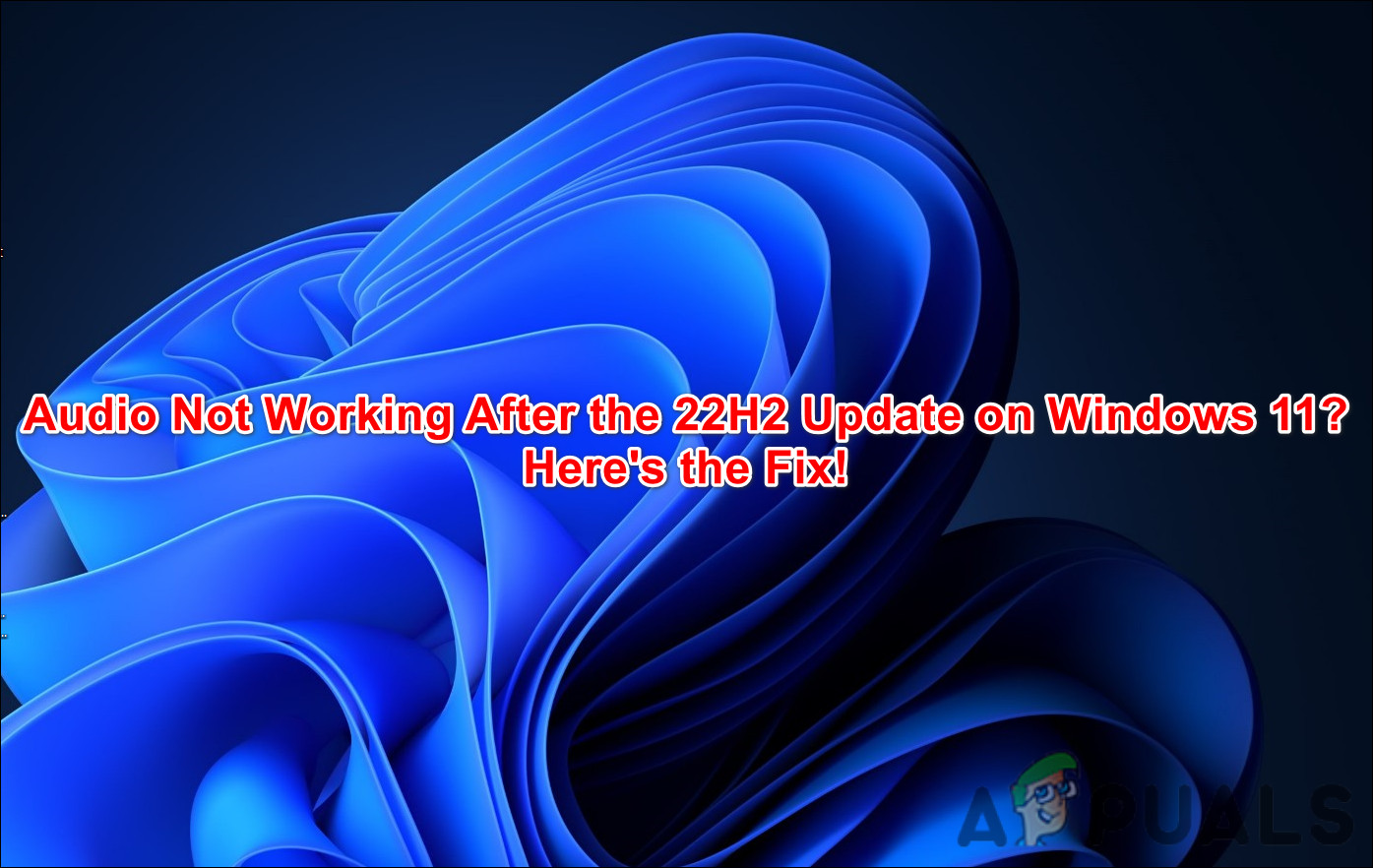
Apparently, updating the drivers has not worked for most of the users, leaving them confused about what to do next. In this guide, we will take a look at the troubleshooting methods to try when this happens. Proceed with the method that fits your situation the best.
1. Run the Audio Troubleshooter
The first thing that you should do upon facing any sound-related issues on Windows is run the audio troubleshooter.
Follow these steps to run audio troubleshooter:
- Press the Win + I keys together to open the Settings app.
- Choose System > Troubleshoot > Other troubleshooters.

Access the Other troubleshooters - Now, locate the Playing Audio troubleshooter and click on the Run button. The troubleshooter will now begin scanning the system for errors.
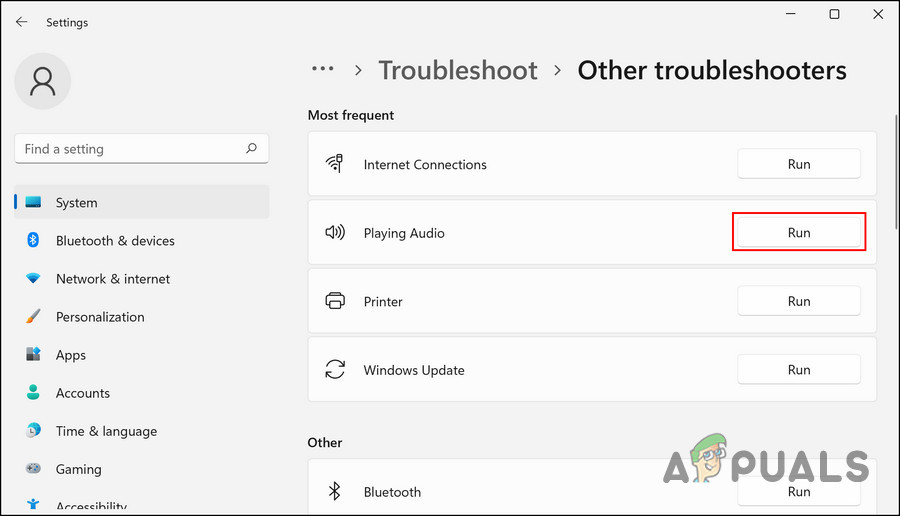
Run the Playing Audio troubleshooter - Once the troubleshooter is finished the scan, check if any issues are identified. In case the troubleshooter finds a problem and suggests a fix, click on Apply this fix.
- If not, click on Close the troubleshooter option and move to the next solution below.
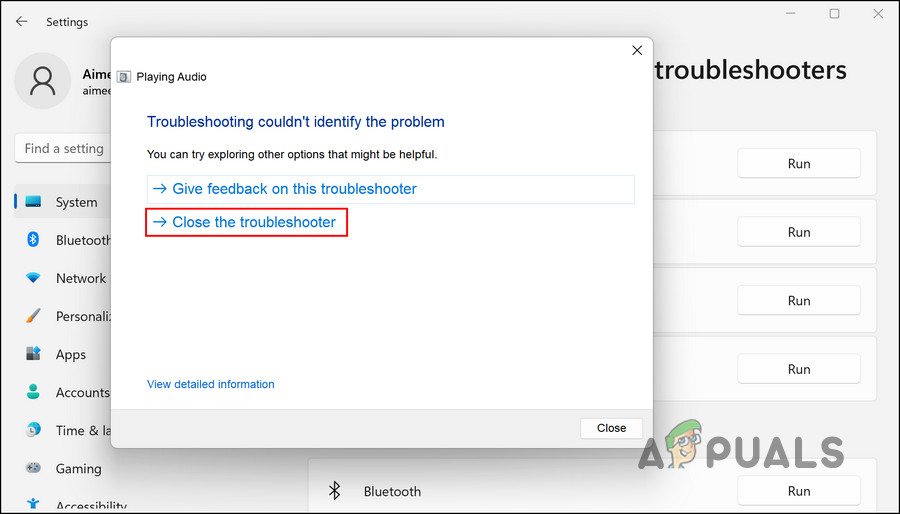
Exit the troubleshooter
2. Update/Rollback Driver
You can also try installing another version of the driver since the issue is also likely to be caused due to incompatibility. You can either update the driver to its latest build or roll it back to the previous version.
We have discussed both methods below, so proceed with the one that suits your situation the best.
2.1 Update the Driver
We will be using the Device Manager utility for this purpose. Here is all that you need to do:
- Type Device Manager in Windows Search and click Open.
- In the following window, expand the Audio inputs and outputs section and right-click on the problematic driver.
- Choose Update driver from the context menu.
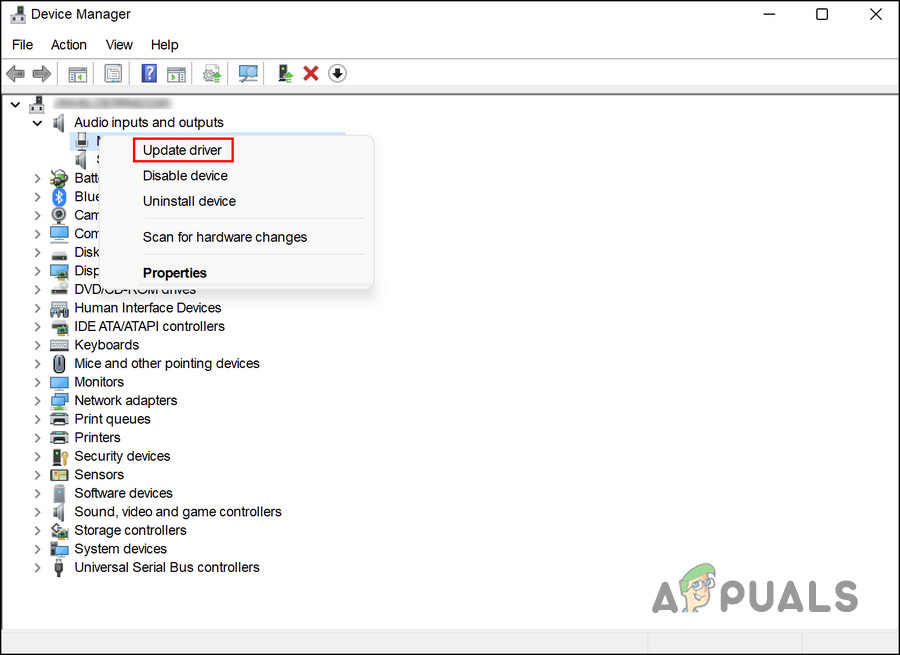
Update the audio driver - Now, click on Search automatically for drivers and then allow the system to pick a driver from the system.
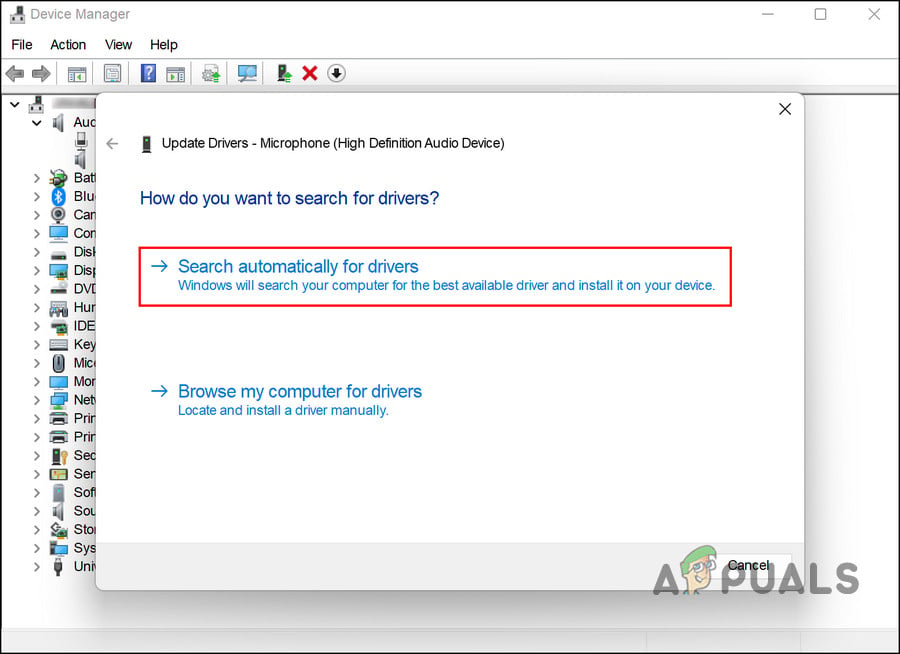
Allow the Device Manager to search for drivers - Follow the on-screen instructions to proceed and then restart your computer. If the error persists, then follow steps 1-3 again.
- This time, choose Let me pick from a list of available drivers on my computer.
- Choose High Definition Audio Device and install it.
- Finally, restart your computer and check if the issue is resolved.
If you do not have the latest driver version on your computer, then it is best to visit your manufacturer’s website and download the latest audio driver from there. Then, install it by following the steps we just discussed above.
2.2 Rollback the Driver
You can also revert the driver to an older state. Here is how:
- Access the Audio and inputs section as we described below.
- Right-click on the targeted driver and choose Properties from the context menu.
- In the Properties dialog, head over to the Drivers tab and click on the Roll Back Driver button.

Roll back the driver - Follow the on-screen instructions to proceed and then check if the issue is resolved.
3. Uninstall KB5017321 and KB5017026 (If Applicable)
There are times when the latest system updates released are faulty and can cause issues within the system. In the case of the audio issues that we are discussing, several users noticed that the updates KB5017321 and KB5017026 were causing the problem, and they managed to resolve the problem by uninstalling them.
If you, too, have these updates installed on your computer, we suggest you go ahead and uninstall them. Here is how you can do that:
- Press Win + R to open Run.
- Type control in the text field of Run and click Enter.
- In the following window, choose Programs from the list of options available.
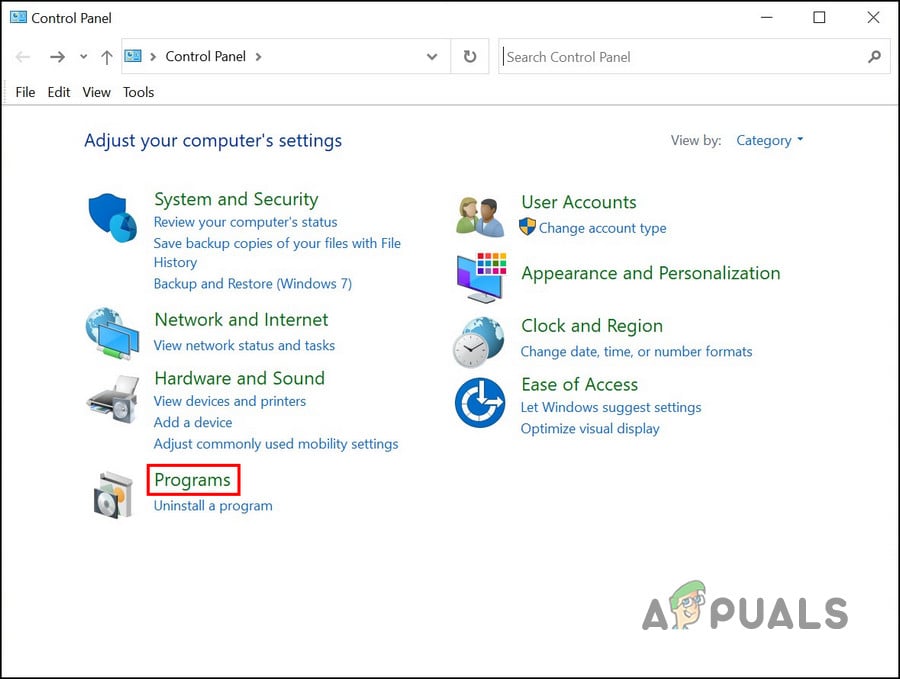
Click on the Programs option - Click on View installed updates under Programs and Features.
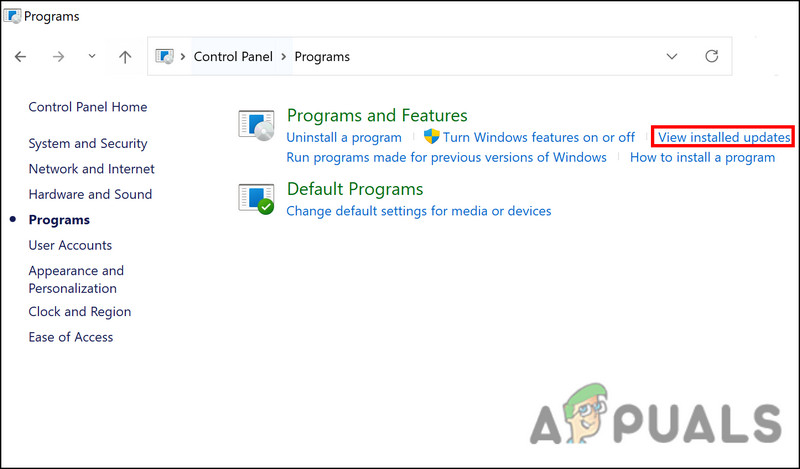
Click on the View installed updates option - You should now see a list of all the installed updates on the computer. Locate KB5017321 and KB5017026 updates and right-click on them.
- Choose Uninstall and follow the on-screen instructions to fix the problem.
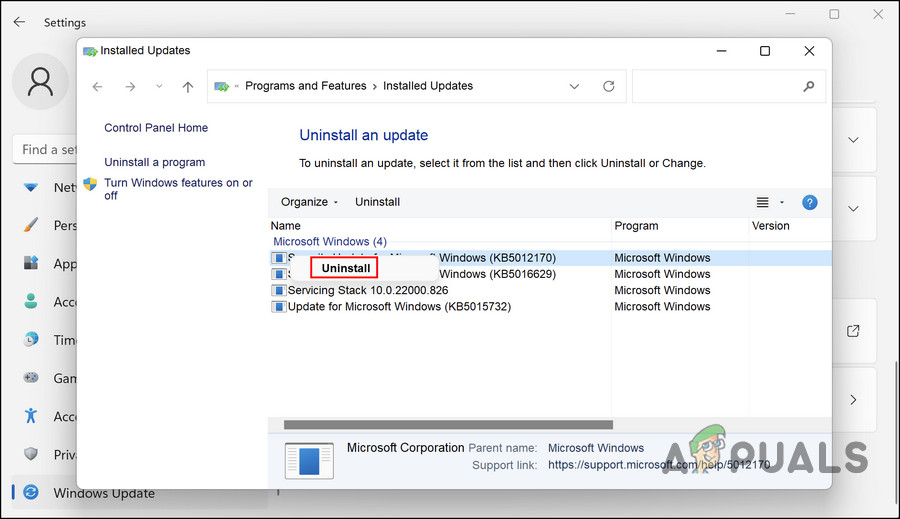
Uninstall the update
4. Install the KB5019509 Update
A new update launched by Microsoft that seems to have fixed this problem for different users is the KB5019509 update. If your system does not already have this update, try installing it to see if it fixes the problem.
In this method, we will be installing the update manually using the Microsoft Update catalog.
Here is all that you need to do:
- Head over to the Microsoft Update Catalog in your browser.
- Use the search bar at the top right corner to search for KB5019509 update.

Search for the update - Once the results are displayed, look for the most appropriate update option according to your device and click on the Download button for it.

Download the update - Once the update file is downloaded, click on it to install the update. Then check if the problem is resolved.





